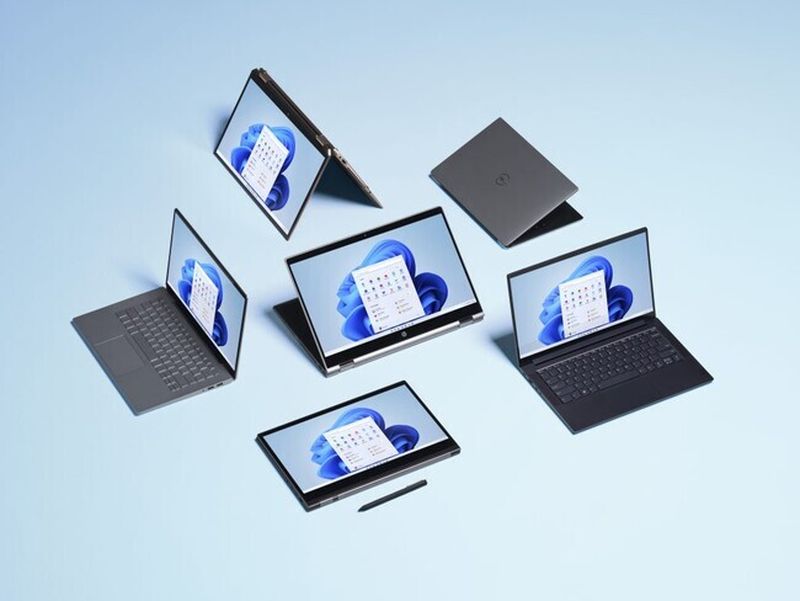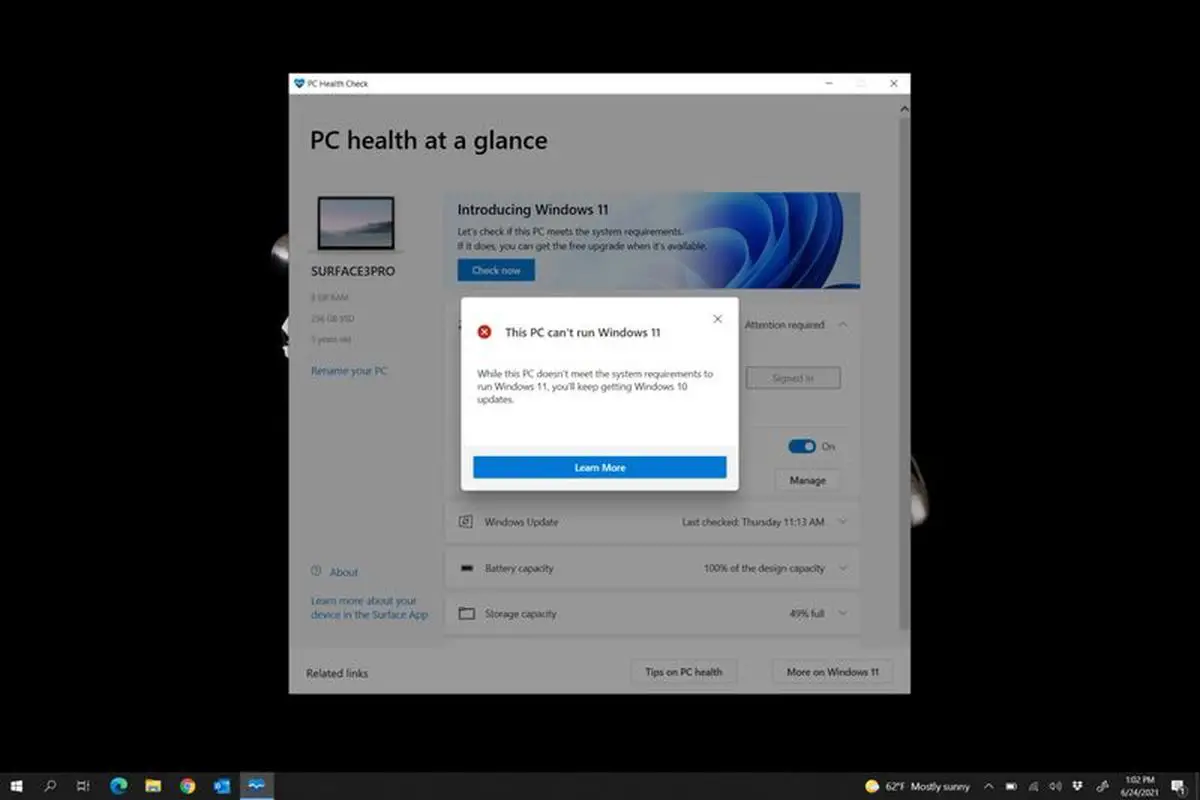A few hours ago Microsoft presented Windows 11 and along with the design changes the most talked about topics have been supporting Android applications and the requirements to upgrade to Windows 11. And in relation to the latter, we now know which models of the Surface range will be compatible.
With Windows 11 it seems that Microsoft wants to wipe the slate clean, at least if we think that among its requirements or recommendations appears the need to use TPM 2.0, Secure Boot, or a 64-bit processor. Data that limit the Surface models that will be able to make the leap.
These are the Surface devices that will be able to upgrade to Windows 11
Out of a total of 25 devices launched, just over half, specifically 13, will be able to upgrade to Windows 11:
- Surface Book 3 (May 2020)
- Surface Book 2: only models with 8th Gen Intel CPUs (Core i5-8350U or Core i7-8650U, not Core i5-7300U) (November 2017)
- Surface Go 2 (May 2020)
- Surface Laptop 4 13.5-inch (April 2021)
- Surface Laptop 4 15-inch (April 2021)
- Surface Laptop 3 13.5-inch (October 2019)
- Surface Laptop 3 15-inch (October 2019)
- Surface Laptop 2 (October 2018)
- Surface Laptop Go (October 2020)
- Surface Pro 7+ (February 2021)
- Surface Pro 7 (October 2019)
- Surface Pro 6 (October 2018)
- Surface Pro X (November 2019)
From this list fall Surface family models that have been on the market for more than three years, but also a top device such as the Surface Studio in its two models. If you try to update models before 2017, you will see that the Surface Pro 3 has not passed the process of checking compatibility with Windows 11.

Remember that in order to install Windows 11 on the PC, the computer will have to mount a 64-bit dual-core CPU, 4GB of RAM, and 64GB of storage. Along with these data, others that already showed the leaked Build and is that the PC must support TPM 2.0 and support Secure Boot. This is the summary of what you will need if you want to use Windows 11.
- 64-bit dual-core CPU
- A storage capacity of 64GB or more.
- Must have at least 4GB of RAM.
- The PC must support TPM 2.0.
- The PC must support Secure Boot.
If you have doubts and do not know if your PC will be able to support the new Microsoft operating system you can use a free tool such as PC Health Check, which you can download from this link. It is an application that will check if your computer has all the necessary resources to run Windows 11.
This cut is something that has caught the attention of many users. The fact that Microsoft is going to leave so many computers aside that they cannot upgrade to Windows 11, forcing those interested in trying the new operating system to buy new hardware, especially if we take into account that supports for Windows 10 ends in 2025.





